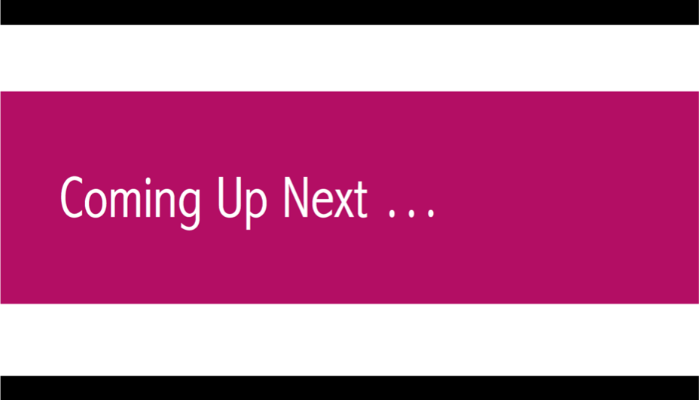Tease your audience. Don’t embarrass them.

Put simply, the most effective presentations are used to change people’s minds and inspire them to do what you want.
In order to achieve these goals, there are various things it is advisable not to do while presenting in a corporate environment. Social etiquette and perceived wisdom suggests you don’t embarrass or belittle members of your audience in front of their peers. It will obviously alienate the individual and probably turn the rest of their colleagues against you; making it less likely they’ll have a positive reaction to your presentation.
What if, however, I could recommend a way in which you can tease your audience that would deliver a more memorable presentation? Would that be of interest to you?
When coaching people on presentation skills I often get asked how to make the presentation more impactful and enjoyable for the audience.
One option is to draw inspiration from what’s around us every day – from the “real world” of communication. Not the limited, self-conscious, imagination-constrained corporate world. Instead, look to the real world of television, film, radio, journalists, advertising and literature. The media where we choose to spend our spare time and well-earned salaries. Where competition is fierce, creativity is stretched and various media fight for our attention. In that world, audiences are constantly teased, but they are also blissfully happy.
“Coming up next in the programme” is repeated throughout radio programmes to whet our appetites.
Long-running television dramas nearly always end an episode on a cliffhanger to ensure we tune in next week.
The best novels are referred to as “page-turners” because skilful authors deliberately reveal their intriguing stories one page at a time.
How is all this relevant to the corporate environment? In two ways:
Firstly, it’s exactly the same audience. The colleague who anticipates their favourite TV drama throughout the week, tunes in at the right time, and then discusses it with enthusiasm, is exactly the same person sitting passively being talked at and shot with imagination-numbing PowerPoint bullets during a weekly department update. If that same audience is used to being excited, thrilled and tantalised by high quality media, what are the chances they’ll truly pay attention when presented with a coma-inducing dose of corporate babble? Close to zero.
Secondly, you can use those same techniques from the real world of communication and apply them to your presentation. I’m not talking about high-end production values, just simple techniques.
Back in the mid noughties I attended, as a guest, the national conference in Birmingham of approximately 1,000 directors and senior managers from a supermarket chain. What I remember from that conference was the presentation given by the Trading and Marketing Director. More specifically I remember how he teased us.
Not long into the presentation he referred to a slide he would show us to which we needed to pay attention. He continued the presentation and a few minutes later suggested the slide we were about to see would shock us. He referred to it again at least twice more, confirming how prepared we should be, before he finally unveiled it. And by the time he unmasked the villain of his presentation, I was hooked. I was gagging to know what was on this slide. I can even remember leaning slightly further forward in my seat. What could be so important that he needed to heighten our expectation by referring to it over and over again?
He warned us that the slide itself was a shocking revelation of future negative sales trends if the organisation carried on the way it was. More significantly, if the audience carried on behaving the way they were.
He teased us and just when we couldn’t take any more, he delivered the knock-out slide as promised. And when it came, you could hear the murmurings reverberate around the auditorium as the audience took in its significance. He allowed the impromptu chatter to grow in volume before he took control once more and articulated very clearly exactly what they, as a team, were going to do about it.
Having seen the profound effect of this technique, I now introduce the significance of a video long before I show it and I regularly allude to what topics are coming up in the coaching session. I give just enough information to stir curiosity without undermining the reveal.
Think about how can you tease your audience with what’s coming up. How can you build the suspense and intrigue? How can you pique their interest so that when you deliver your key message they are more receptive to hearing it?
Your audiences want to be entertained whether they are living in the real, or the corporate, world so think about your key message and how you can tease them with it.
What other techniques from the real world of communication have you ever used to engage your audience? I’d be interested in your thoughts.
